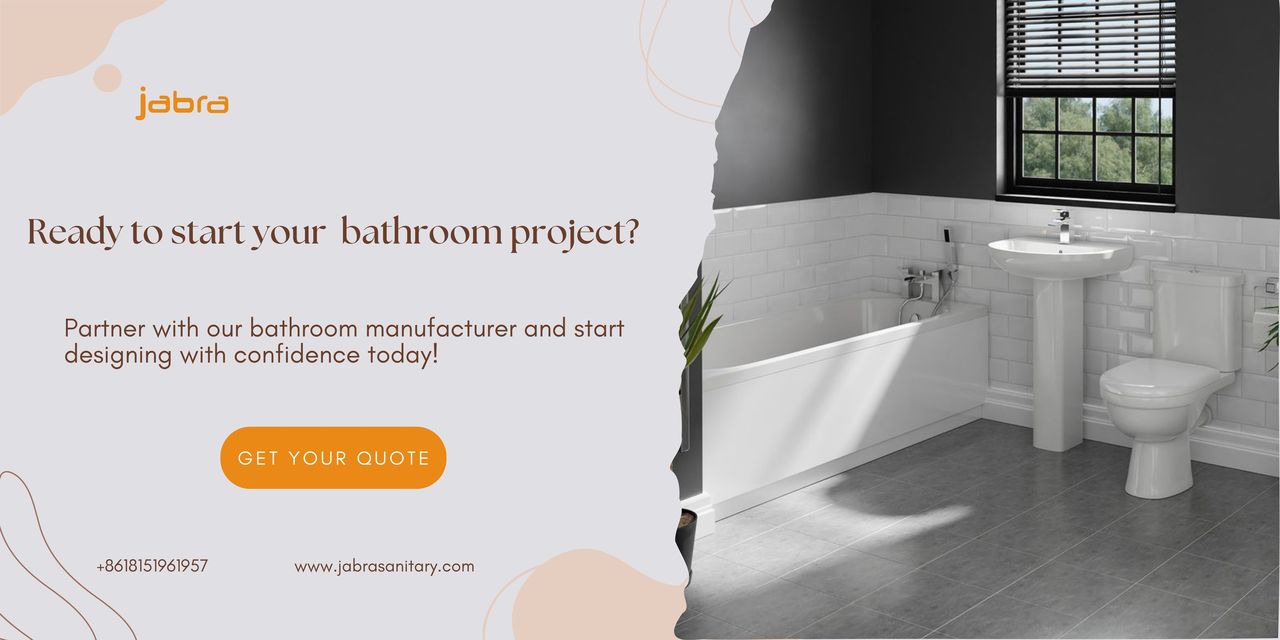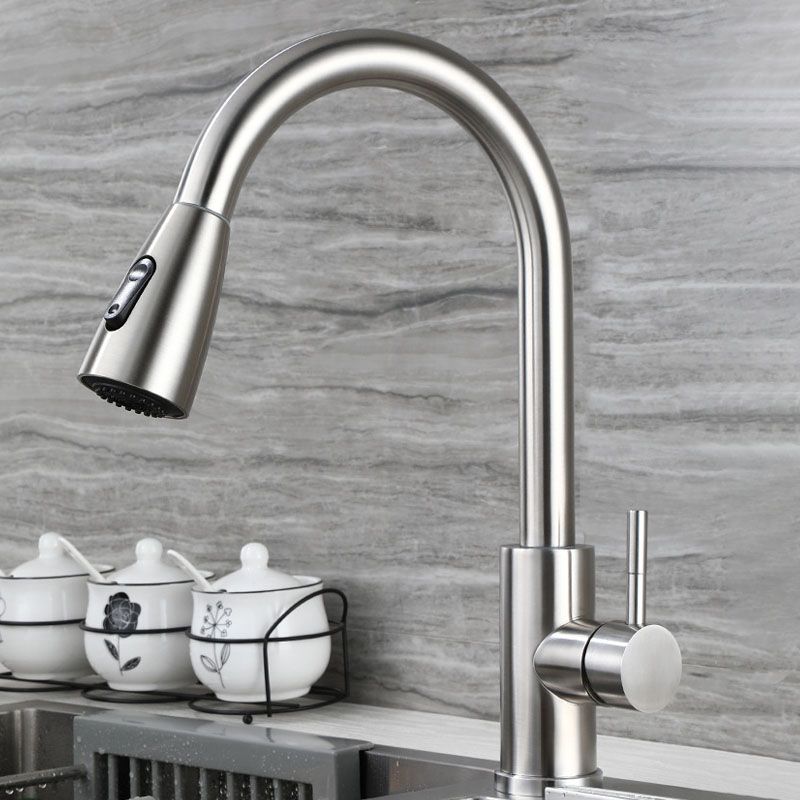 English
English
Jabra Sanitary is a sanitaryware supplier offering toilets, sinks, faucets, bathtubs, etc., at competitive prices. If you're a distributor, wholesaler, or project contractor, get a quote today!
 $23.9 Limited-time Offer
$23.9 Limited-time Offer Consignment Policy
Consignment Policy 20 Years of Experience
20 Years of Experience
Adding a half bathroom enhances daily convenience and can increase your home's market appeal. If you're like most homeowners, though, the big question on your mind is: how much does it cost to add a half bathroom in 2025?
This guide breaks down 2025-specific half-bath addition costs, regional pricing trends, and proven strategies for saving up to $10,000 while avoiding hidden pitfalls.

Table of Contents
What is a Half Bathroom?
Average Cost of Adding a Half Bathroom
Key Factors Affecting the Cost of Adding a Half Bathroom
DIY vs. Professional: Where Can You Save?
Hidden Costs You Might Not Expect
Regional Cost Variations: Urban vs. Rural
Tips for Reducing Half Bath Addition Costs
Benefits of Installing a Half Bathroom
Real-Life Case Studies & Budget Examples
FAQs
Conclusion
What is a Half Bathroom?
A half bathroom, often called a powder room or guest bathroom, is a small but mighty space that can make a big difference in your home. Unlike a full bathroom, which has a toilet, sink, and a shower or bathtub, a half bathroom keeps it simple with just a toilet and a sink(per International Residential Code standards).
This makes it perfect for quick visits, especially when you have guests over or need an extra spot for your family's daily routines.
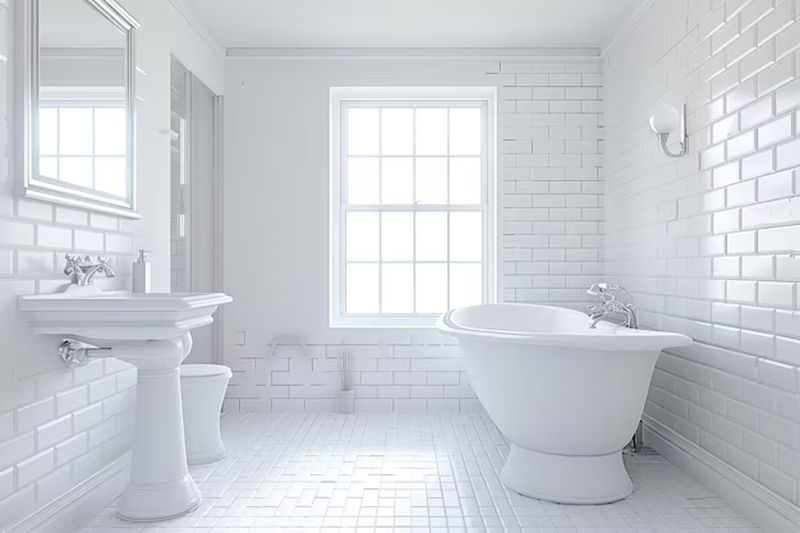
Average Cost of Adding a Half Bathroom
In 2025, the national average cost for a standard half-bathroom addition ranges from $4,000 to $12,000, according to reliable sources like Angi and HomeGuide.
For those eyeing a more luxurious setup with high-end fixtures or custom designs, costs of adding a half bathroom can climb to $9,000 to $16,000.
National Average
The $4,000 to $12,000 range reflects a typical half bathroom addition, but why such a broad spectrum? Here are the main drivers:
- Location: Urban areas often come with higher labor rates and permit fees. In contrast, rural or smaller towns may offer more budget-friendly rates.
- Materials: Opting for basic fixtures—such as a standard toilet and sink—keeps expenses low, while premium tiles, a designer vanity, or high-end finishes can increase the total significantly.
- DIY vs. Professional Help: Tackling tasks like painting or minor installations yourself can reduce labor costs. However, complex work like plumbing or electrical wiring typically requires professionals for safety and compliance.
Cost Components
To better understand where your money goes, let's break down the primary cost components of adding a half bathroom:
- Plumbing: Often the heftiest expense, especially if new pipes are needed or you're working with a slab foundation (which may require concrete work). Costs for new plumbing lines can range from $5,000 to $25,000, though tying into existing plumbing nearby can be $5,000–$10,000.
- Electrical: You'll need at least one outlet, plus potentially lighting or a ventilation fan. Basic electrical work typically costs $130 to $300, though extras like heated floors or advanced lighting could push this higher.
- Fixtures and Appliances: The essentials—toilet, sink, and vanity—vary widely in price. A standard toilet might cost $200, while a high-end model could exceed $1,000. Sinks and vanities follow suit, with basic options being affordable and custom pieces adding to the bill.
- Labor: This typically accounts for about 50% of the total cost. Plumbers charge $75 to $130 per hour, and electricians range from $40 to $120 per hour, with rates varying by region and project complexity.
- Permits and Inspections: Required to ensure code compliance. permits typically cost between $100 and $2,000, depending on local regulations.
Here's a concise table summarizing these components:
Cost Component |
Typical Range |
|---|---|
Plumbing |
$5,000–$10,000 (existing plumbing nearby) $10,000–$25,000 (new lines) |
Electrical |
$130–$300 (basic setup) |
Fixtures & Appliances |
$200–$1,000+ per item |
Labor |
50% of total cost |
Permits & Inspections |
$100–$2,000 |
Key Factors Affecting the Cost of Adding a Half Bathroom
The cost of adding a half bathroom can vary widely depending on several critical factors. By understanding these elements, you can plan your project effectively, manage your budget, and avoid unexpected expenses.
Location of the Bathroom
The placement of your half bathroom is one of the most significant factors influencing half bath addition cost. Here's why:
- Converting an Existing Space: Repurposing an existing area, such as a closet, laundry room, or under-stair nook, is typically the most affordable option. Since the structure already exists, you save on construction costs. Additionally, if the space is near existing plumbing, expenses for extending water lines are minimized. This approach can range from $5,000 to $15,000, depending on the specifics of the conversion.
- Building a New Addition: Adding a new space to your home is pricier. This involves framing, foundation work, and potentially modifying your home's exterior, driving costs to $10,000 to $30,000 or more. While it offers greater flexibility in design and placement, it's a larger investment.
Size and Layout
The dimensions and design of your half bathroom directly affect the budget.
- Small and Simple: A compact half bathroom (around 15–20 square feet) with a basic layout requires fewer materials and less labor, keeping costs down.
- Larger or Custom Layouts: A bigger space or a unique design—think custom shelving or an irregular shape—increases expenses due to additional materials and specialized labor. Even small spaces can become costly if the layout demands custom fixtures or extra carpentry.
Complexity of Plumbing and Electrical Work
Plumbing and electrical systems are often the priciest components of the project. Here's what drives the costs of adding a half bath to a house:
- Plumbing: Proximity to existing water lines is key. If your half bathroom is near current plumbing, costs are lower. As noted earlier, plumbing costs (ranging from $10,000–$25,000) heavily depend on proximity to existing lines. Staying close to existing lines can significantly reduce this.
- Electrical: Every half bathroom needs at least one outlet, lighting, and possibly a ventilation fan. Electrical work aligns with the average costs outlined in Section 3 ($130–$300), but upgrades like heated floors may increase expenses.

Ventilation Requirements
Proper ventilation is non-negotiable for moisture control and air quality, and it's mandated by building codes.
- Window: A window is the simplest and cheapest ventilation solution, provided it meets code (typically at least 1.5 square feet). If your chosen location already has one, you're in luck.
- Exhaust Fan: Without a window, you'll need an exhaust fan vented to the outside. This adds $200 to $500 to your budget, depending on fan quality and ductwork complexity.
Permits
Permits ensure your project complies with local safety and building standards, but their cost of adding a half bathroom varies by region.
- Urban Areas: In cities with stringent codes (e.g., New York or San Francisco), permit fees can range from $500 to $2,000. Detailed plans or professional input may also be required, adding to the expense.
- Rural Areas: Less populated regions often have lower fees, typically $100 to $500, and simpler processes.
Material Quality
Your choice of fixtures and finishes can dramatically shift the project's cost of adding a half bathroom.
- Basic Fixtures: Fixture quality (from $200 toilets to $1,000+ luxury models) significantly impacts total half-bath addition costs.
- High-End Finishes: Luxury options—like a designer toilet (over $1,000) or custom tile work—can add thousands to your budget, appealing to those prioritizing style or resale value.
Pro Tip: Homes with slab foundations can avoid costly concrete work by using epoxy-lined pipes for minimally invasive plumbing.
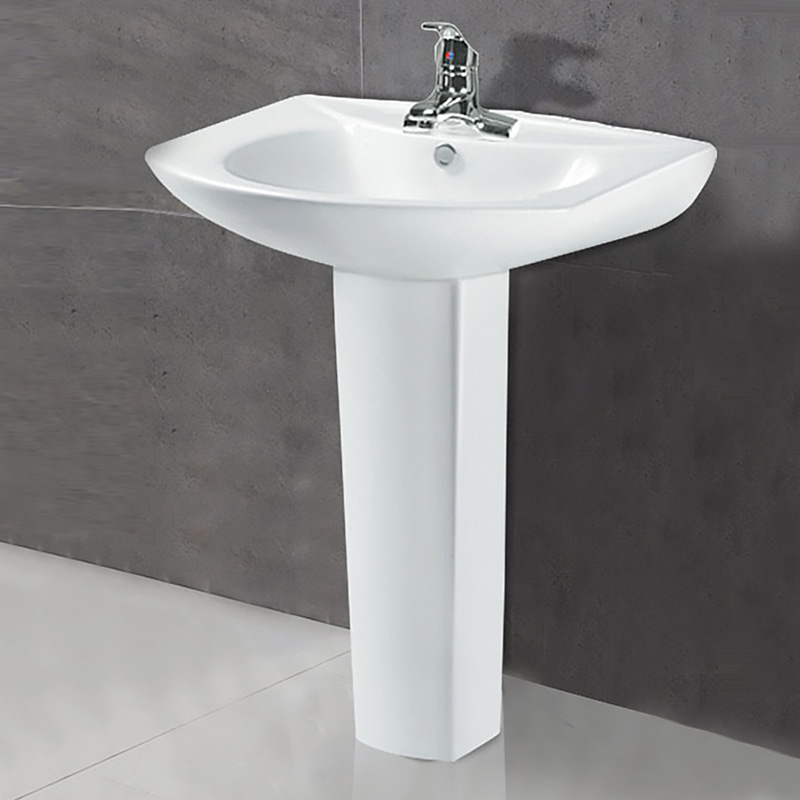 Ads
Ads
Modern Designer Pedestal Wash Basin
This is EZ8021 designer pedestal wash basin, a perfect blend of style and functionality. Crafted with a multilayer glaze, this designer pedestal sink resists stains and offers a smooth surface that is easy to maintain, ensuring a pristine appearance for years to come.
DIY vs. Professional: Where Can You Save?
When adding a half bathroom to your home, one of the smartest ways to keep costs down is by figuring out which tasks you can do yourself and which ones need a professional touch.
Taking on some of the work can shave dollars off labor expenses, but it's just as important to know your limits.
DIY-Friendly Tasks
Certain parts of a half-bathroom project are perfect for homeowners with a bit of DIY know-how. These tasks don't demand advanced skills, and doing them yourself can lead to real savings. Here's where you can jump in:
- Demolition: If you're turning a closet or a corner of a room into your new half-bathroom, you can handle the teardown. Removing old fixtures, drywall, or flooring is manageable with basic tools like a hammer, pry bar, and some safety gear. Always shut off water/electricity before demolition.
- Painting: A fresh coat of paint can make your half bathroom pop, and it's a task most people can tackle. For a small space, it might only take a weekend—think a couple of days to tape, prime, and paint.
- Installing Fixtures: Mounting shelves, towel racks, mirrors, or even a simple vanity is doable if you've got a drill, a level, and a little patience. These finishing touches let you personalize the space while keeping your wallet happy.
Savings Tip: If the total cost is $10,000, including $5,000 of labor, DIY can save $1,000 - $1,500 (20-30% of $5,000).
Hire a Pro For
Some jobs, though, are too tricky or risky to DIY. Bringing in professionals for these ensures safety, compliance with local codes, and a job well done. Here's where you should invest:
- Plumbing and Electrical Work: These are the heart of your half bathroom, and they're not beginner-friendly. Messing up plumbing could mean leaks, water damage, or worse, while electrical mistakes can be downright dangerous. Pros have the skills to install toilets, sinks, and lighting correctly and up to code.
- Structural Changes: Planning to knock down walls, add framing, or tweak the foundation? That's pro territory. Structural work needs expertise to keep your home solid and safe. A mistake here could cost way more to fix than what you'd save by trying it yourself.
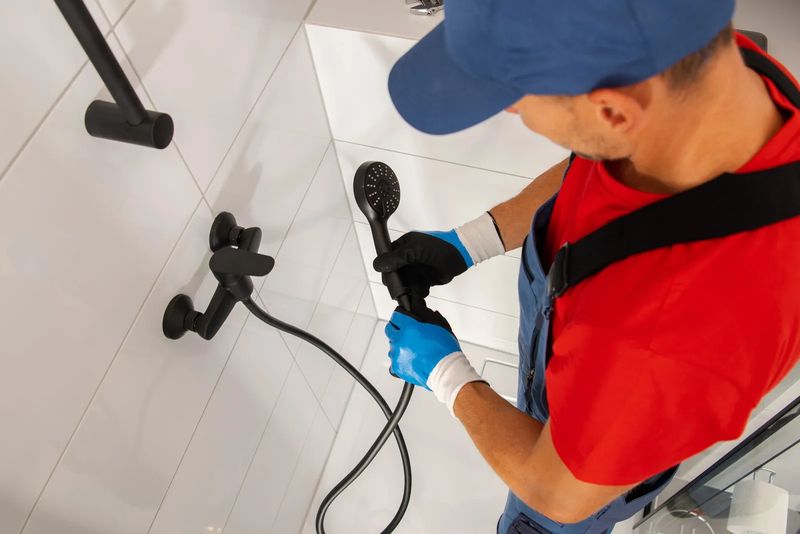
Hidden Costs You Might Not Expect
Adding a half bathroom to your home can be an exciting project, but it's important to know about some hidden costs of adding a half bathroom that might surprise you. These are expenses you might not think about right away, but they can add up and change your budget.
1. Structural Issues
When you start building, you might find problems with your house that need fixing. For example, the floor might not be strong enough to hold the new toilet or sink, or the walls might need extra support.
Fixing these things can cost more money. To avoid big surprises, have a professional check your home before you start.
2. Permit Fees
You also have to pay permit fees to your local government to get permission to build. These fees can be different depending on where you live, but they might add a few hundred dollars to your costs.
Check with your local building department to find out what permits you need and how much they'll cost.
3. Utility Upgrades
If your current electrical or plumbing systems can't handle the new bathroom, you might need upgrades. This could mean getting a new electrical panel or adding plumbing lines, which can get pricey. Ask a professional to look at your systems to see if they need any work.
4. Temporary Relocation
If the construction makes your house hard to live in, you might need to stay somewhere else, like a hotel or a rental. This adds to your costs, so think about it when you plan your budget.
Pro Tip: Allocate 10% of your budget ($500–$2,500) for surprises like mold remediation or outdated wiring.
Regional Cost Variations: Urban vs. Rural
Where you live can make a big difference in how much it costs to add a half bathroom.
High-Cost Areas
In bustling cities like New York or San Francisco, expenses tend to run higher. Urban permit fees (e.g., $500–$2,000) contrast sharply with rural rates. For instance, a plumber in New York City might charge $100 per hour, a steep contrast to rates in less populated areas.
Plumber Hourly Rates:
- NYC: $100–$150
- Austin: $70–$100
- Rural Iowa: $50–$80."
Low-Cost Areas
In rural regions or smaller towns, costs of adding a half bathroom are typically more budget-friendly. Labor is cheaper, and permit fees can be as low as $100 to $500. With fewer regulations and lower living costs, you can often complete the same project for less.
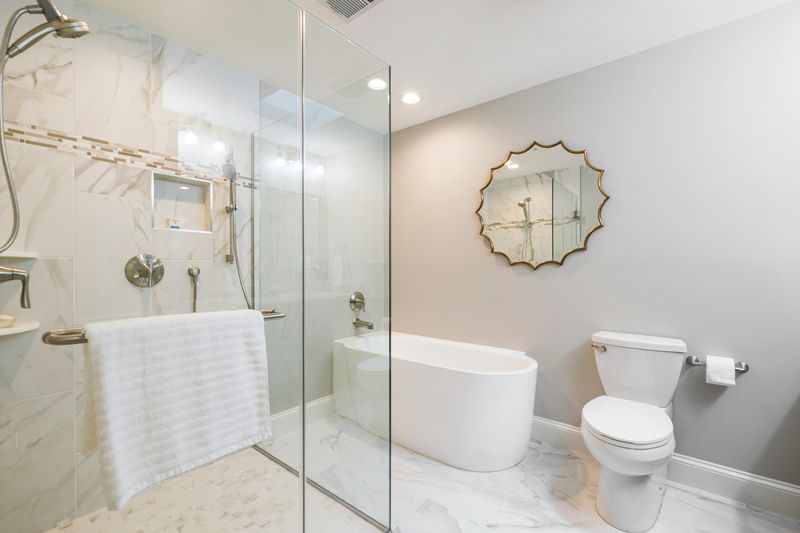
Tips for Reducing Half Bath Addition Costs
With some clever planning and smart choices, you can keep the half bath addition cost low while still creating a great space.
Keep Plumbing Simple
Plumbing is one of the biggest expenses in a half-bathroom project, often driving up costs significantly. Here's how to minimize it:
- Locate near existing plumbing: Place your half bath close to a kitchen, laundry room, or another bathroom. Sharing a wall with these areas lets you tap into existing water lines and drains, avoiding expensive pipe extensions. This can save you $5,000 to $ 10,000 or more.
- Skip major pipe work: If your house is on a slab foundation, avoid cutting through concrete for new plumbing—it's costly and time-consuming.
Choose Affordable Materials
Materials like fixtures and finishes can add up fast, but you don't need luxury items to get a good look. Try these ideas:
- Go for mid-range fixtures: A standard toilet or sink (around $200) works just as well as a high-end one (over $1,000) and looks great too.
- Shop sales or secondhand: Check home improvement stores for discounts or browse online marketplaces for gently used vanities, mirrors, or tiles.
- Keep it simple: Use basic paint or affordable tiles instead of custom designs to save money while keeping the space fresh.
Do Some Work Yourself (DIY)
Labor is another big cost of adding a half bathroom, but you can reduce it by taking on tasks you're comfortable with. Here's where to start:
- Paint the walls: A half bath is small, so painting is quick and can save you a few hundred dollars.
- Install easy fixtures: Mounting a mirror or towel rack is simple with basic tools.
- Handle small jobs: If you're repurposing a space, tearing out old materials yourself cuts labor costs.
Plan Smart and Compare Prices
Good planning can lead to big savings. Here's how to stretch your budget:
- Get multiple contractor quotes: Compare prices to find the best deal—don't settle for the first offer.
- Time it right: Schedule your project during off-peak seasons (like late fall or winter) when contractors might offer discounts.
Use Existing Space
Building a new room from scratch is expensive, but repurposing what you already have can slash half-bath addition costs. Consider this:
- Convert a closet or corner: A small existing space already has walls, so you skip framing and construction costs. This can save 30-50% compared to a new addition.
- Leverage a window: If the space has natural ventilation, you might not need an exhaust fan.
Benefits of Installing a Half Bathroom
Half baths yield a 65% ROI per Remodeling Magazine's 2025 report.
- Boosts home's resale value: Real estate experts note that homes with extra bathrooms are more attractive to buyers, especially families or those who entertain frequently. The exact increase in value varies, but a strategically placed half bathroom can make a home more appealing when selling.
- Provides easy access for guests: Hosting gatherings becomes more convenient with a half bathroom, allowing guests to freshen up without intruding on personal areas. This maintains privacy and comfort for both hosts and guests.
- Reduces interruptions to private family spaces: In busy households, a half bathroom prevents guests from using private facilities, keeping personal areas peaceful and clutter-free.
- Uses space efficiently: Half bathrooms require less space than full bathrooms, making them ideal for underutilized areas like under stairs, basements, or small closets. This maximizes the home's layout without feeling cramped.
- Makes household routine efficient: An extra bathroom reduces morning chaos by eliminating wait times and door-banging. It's a small change that can significantly improve daily organization.
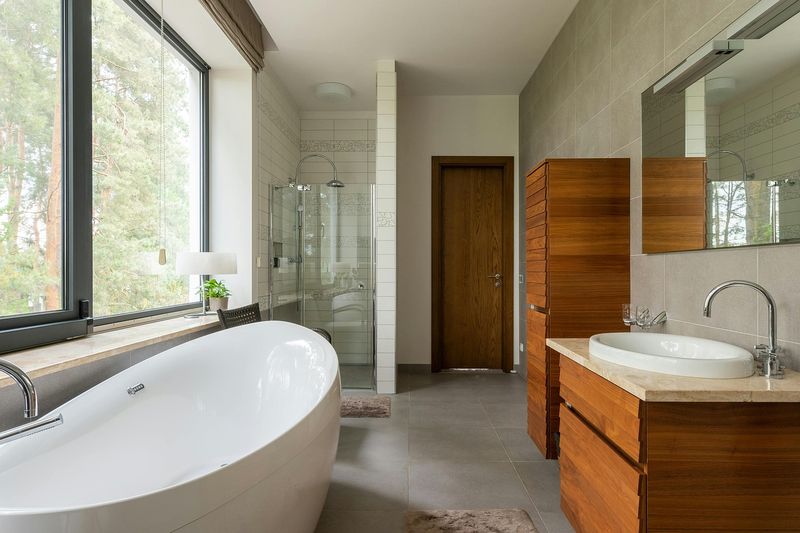
Real-Life Case Studies & Budget Examples
Adding a half bathroom can vary widely in cost depending on the scope of the project and the choices you make. To give you a better idea of what to expect, let's explore two real-life examples.
Case Study 1: Closet Conversion
- Scope: Converted an existing closet into a half bathroom.
- Details: This project kept things simple by using a closet near existing plumbing lines, requiring only minimal plumbing adjustments. The homeowner opted for mid-range fixtures—like a standard toilet and sink—and handled the demolition themselves to cut labor costs.
- Cost: $7,500
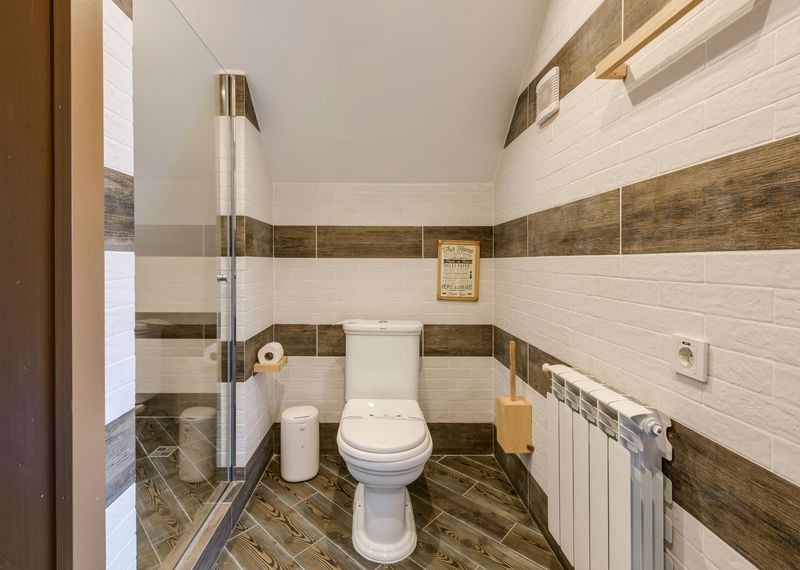
Case Study 2: New Half Bathroom with High-End Finishes
- Scope: Added a new half bathroom with custom tile and heated floors.
- Details: This project involved building a new space from scratch, requiring extensive plumbing and electrical work. The homeowner splurged on high-end fixtures, custom tile, and heated floors for a luxurious feel. Professional installation was essential due to the complexity of the job.
- Cost: $28,000
FAQs
1. Is it worth adding a half bathroom?
Yes! It can make your home more valuable—some experts say it can boost your home's price by 10-15% when you decide to sell. Plus, it's super convenient for guests and family, especially in busy homes.
2. Where is the best place to put a half bath?
The best spots for a half bathroom are areas like basements, closets, under staircases, laundry rooms, or hallways. These places often have unused space and might already be close to your home's plumbing, which can save you money on installation.
3. How much space do you need to add a half bath?
Typically, 15-20 square feet is enough for a cozy setup with a toilet and sink. If you want a bit more room—maybe for a larger sink or some storage—you can go up to 20-32 square feet.
4. How hard is it to add a shower to a half bathroom?
Adding a shower to a half bathroom is a bit tricky because it turns it into a full bathroom. That means you'll need more space (at least 30-40 square feet), extra plumbing for the shower, and possibly some changes to your home's structure. It's not impossible, but it's more work and can cost a lot more—sometimes double or triple the price of a half bathroom.
5. How much does it cost to turn a half bath to full?
Turning a half bath to a full bath can cost anywhere from $10,000 to $25,000 or more, depending on how complicated the project is. If you need to add a shower, bathtub, or extra plumbing, the price can go up quickly.
Conclusion
The cost of adding a half bathroom in 2025 can start at a few thousand dollars for a basic setup and climb to $25,000 or more if you're dreaming big with fancy fixtures. But don't worry! You can keep things affordable by reusing space you already have or tackling some of the work yourself.
In short, a half bathroom is a smart move that pays off in comfort and value. When it's time to turn your idea into reality, you'll want someone reliable by your side.
That's where Jabra Sanitary shines. Our team has your back—delivering a half bathroom you'll love without draining your wallet.







